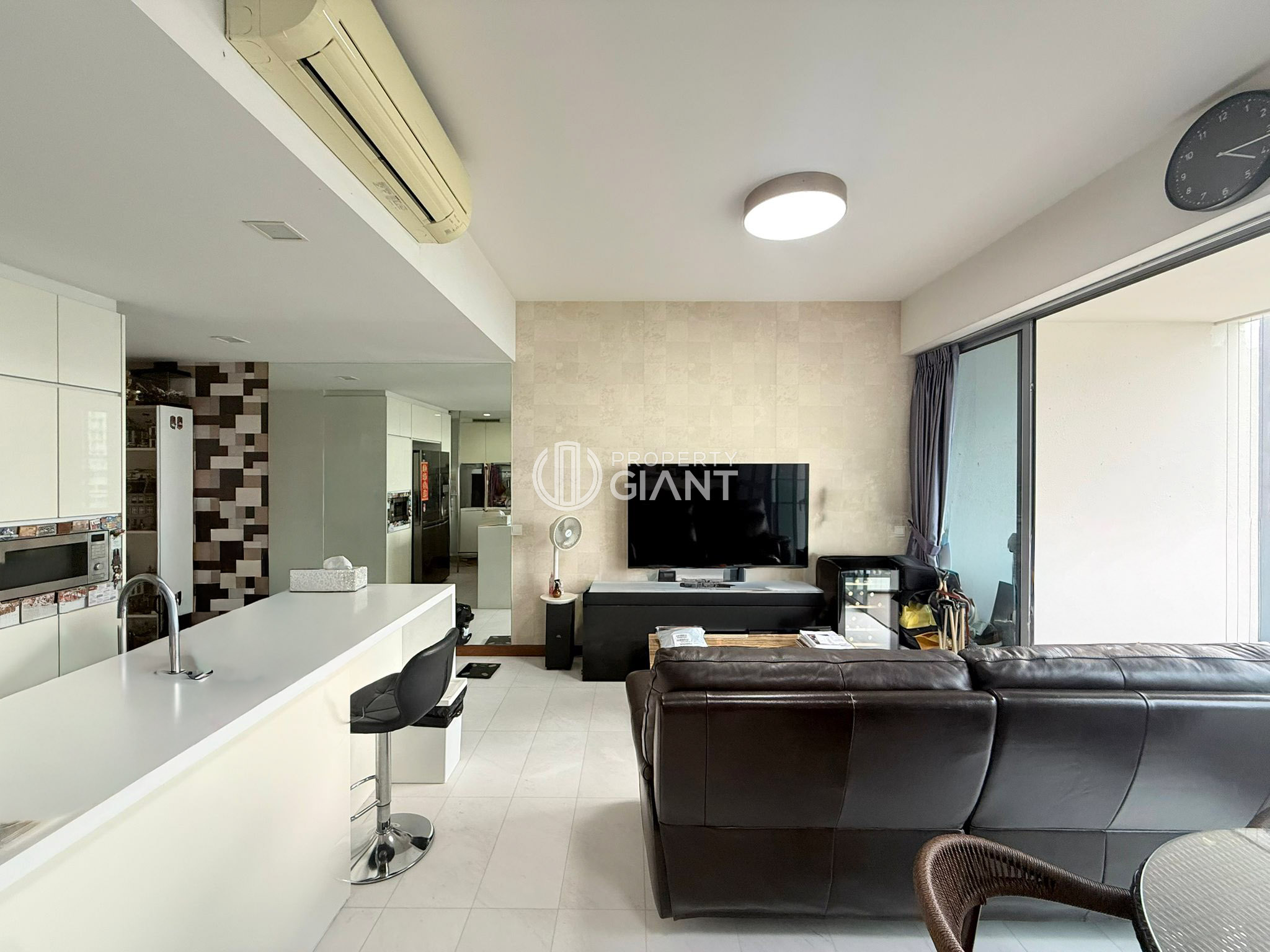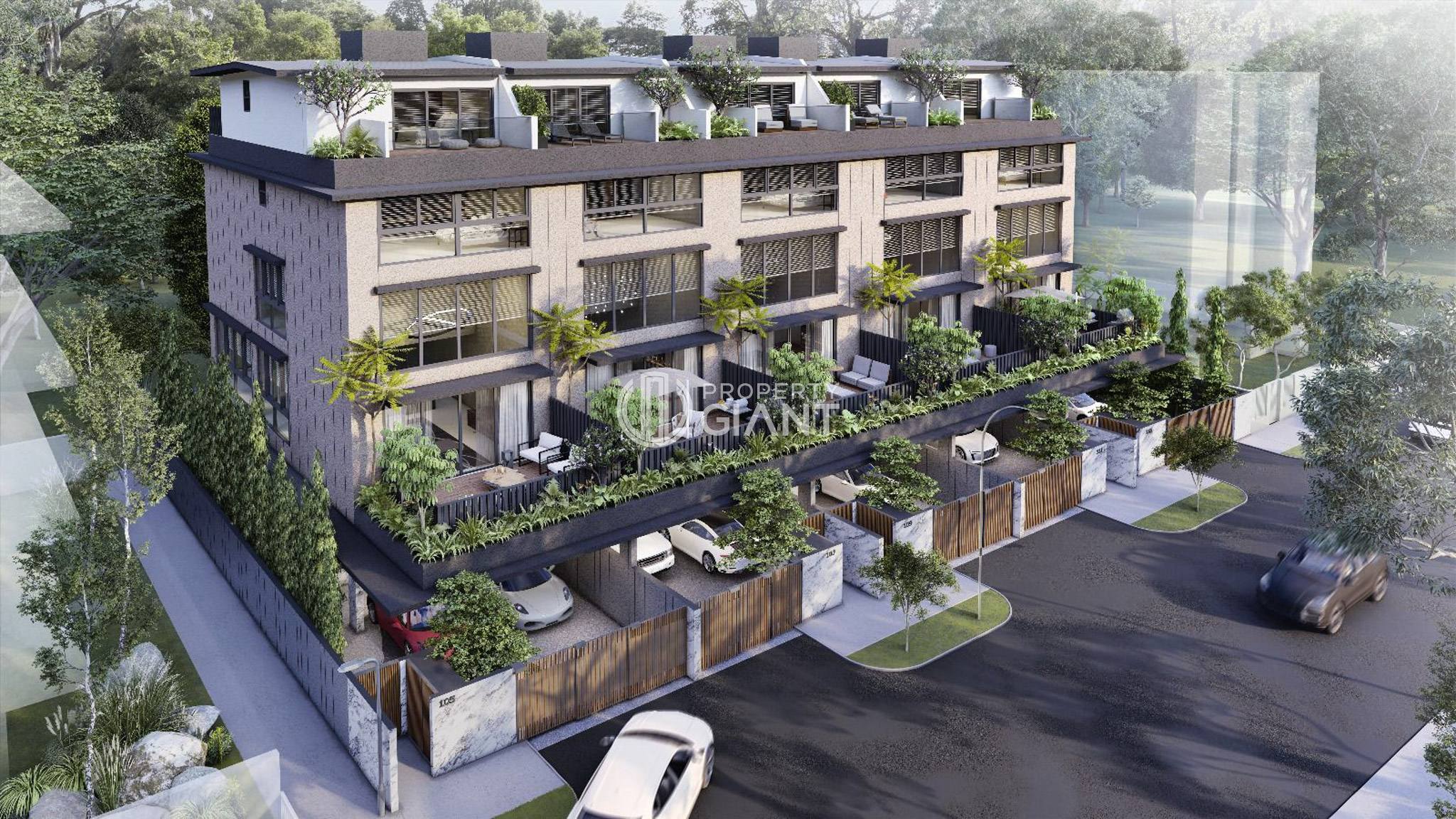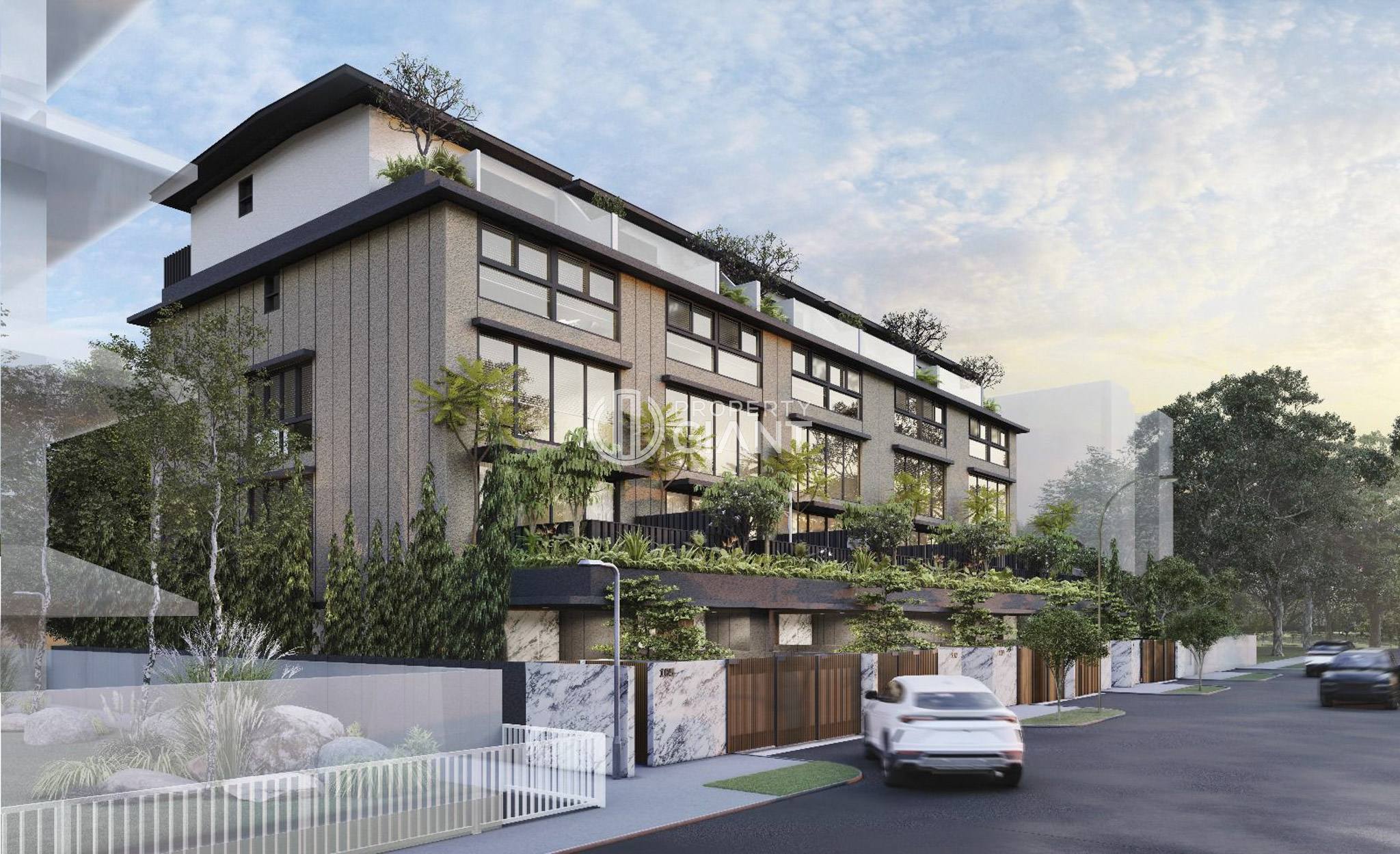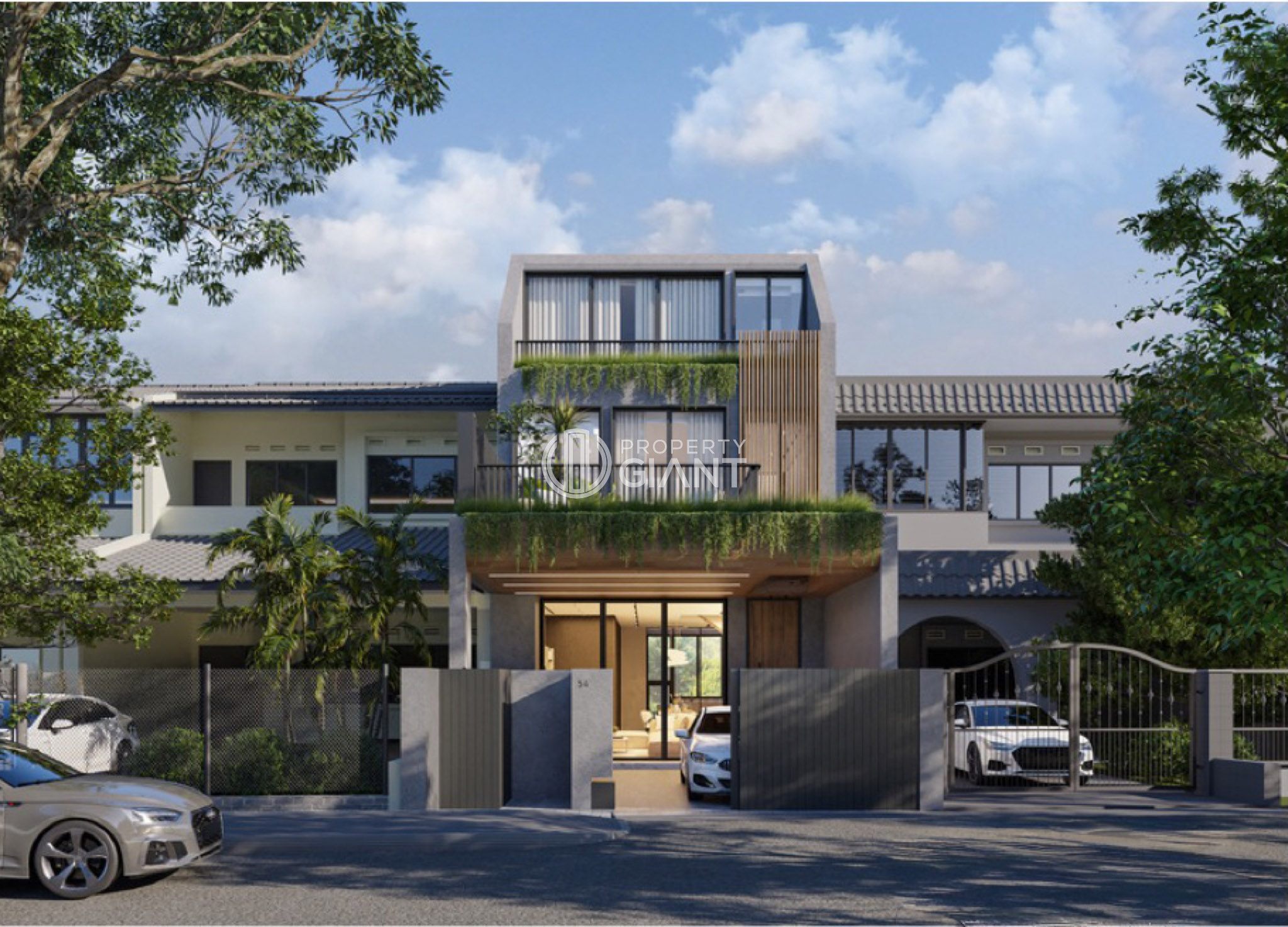Factors that will help channel buyers to resale market include: long waiting time of up to 5 years for BTO completions; generous housing grants of up to S$160,000 for first-time buyers; and firm private residential property prices.
What a difference a year makes. At the end of 2020, the resale value of HDB flats as tracked by the HDB resale price index was about 7.6 per cent below its all-time peak recorded in Q2 2013; by the end of last year, HDB resale prices had hit a new high, sitting at 4.2 per cent above that 2013 peak.
Over the whole of 2021, HDB resale values jumped by 12.7 per cent, marking the first double-digit increase since 2011 and the fastest pace of annual growth since the 14.1 per cent rise in 2010.
The impressive run up in prices was no doubt supported by robust demand for resale flats, as transaction volume reached 31,017 units in 2021 - the highest sales volume since 2010, when more than 32,200 flats were resold.
The buoyant residential property market prompted the government to intervene, rolling out new cooling measures from Dec 16, 2021, and the HDB has committed to ramp up the supply of new Build-to-Order (BTO) flats to up to 23,000 units per year in 2022 and 2023. These moves by the authorities are timely to prevent overheating in the housing market.
PropNex projects that HDB resale prices may rise at a slower pace of between 6 per cent and 8 per cent this year, as buyers may become more resistant to price increases amid tighter loan restrictions and rising interest rates.
Meanwhile, resale volume could potentially come in at around 30,000, finding support from Singaporean households. Preliminary sales data showed that 2,445 flats were resold in January 2022 - up by 0.8 per cent from December 2021.
Impact Of Cooling Measures
Despite the December 2021 cooling measures, HDB resale prices could continue to rise in 2022 - albeit at a slower pace because demand for resale flats is expected to remain resilient.
This latest round of revisions is also more conservative than the hard-hitting measures introduced in 2013, which triggered a 6-year price decline of 12.4 per cent from Q2 2013 to Q2 2019 (see chart).
Lining up the HDB resale price index against the periods when cooling measures were implemented, the additional buyer's stamp duty (ABSD) hikes did not appear to have as much bite on resale values, which either continued to rise or remained relatively stable following the ABSD introduction in December 2011 and revisions in January 2013 and July 2018.
Apart from the lowered mortgage servicing ratio (MSR) to 30 per cent implemented in 2013, a host of additional measures introduced to stabilise the HDB resale market in August 2013 likely contributed to the sustained pullback in HDB resale values from the second half of 2013.
These measures included the cut in maximum loan tenures and a 3-year wait for Singapore permanent residents (from the date of obtaining PR status) before they can buy a resale flat.
Going back to the December 2021 measures, the 5 percentage-point downward adjustment in the total debt servicing ratio (TDSR) threshold to 55 per cent will likely not impact the majority of resale flat buyers.
In a Parliamentary reply in January, the Monetary Authority of Singapore noted that only 3 per cent of HDB flat buyers taking up a mortgage loan from financial institutions in 2020 had TDSRs of above 55 per cent. In addition, HDB buyers are already subjected to a stricter 30 per cent MSR.
The loan-to-value (LTV) limit for HDB loans was also lowered by 5 percentage points to 85 per cent in December. This would likely affect buyers who are cash-strapped but for the most part, many families with a healthy household balance sheet will still go ahead with their flat purchase.
Key Demand Drivers Persist
Singaporean households, including many first-time home buyers, form the bedrock of HDB resale flat demand. This group is least affected by the new cooling measures and should continue to underpin sales.
Despite an increase in upcoming BTO supply, Covid 19-related risks and the new cooling measures, HDB resale flat demand should remain resilient in 2022. That is because many of the key demand drivers are likely to persist.
Factors that will help to channel buyers to the resale market include: the long waiting time of up to 5 years for BTO completions; the generous housing grants of up to S$160,000 for first-time buyers; and the firm private residential property prices.
Feedback from some PropNex agents suggests that home viewings of resale flats did not drop post-new cooling measures, with interest from buyers remaining healthy and sellers largely holding to their asking price, especially for choice units. Anecdotally, some resale flats were sold even before all interested buyers had a chance to view the property, as viewings are staggered over several days due to the restriction on the number of visitors.
Non-Mature Towns Closing Price Gap On Mature Estates
In a vibrant HDB resale market in 2021, average transacted prices in both mature and non-mature towns rose in tandem, with the latter climbing at a slightly faster pace (see Table 1).
Tracking the sales of 3- to 5-room flats, the average HDB resale price in non-mature estates rose by 13.3 per cent to more than S$469,000 in 2021 - a tad faster than the 12.5 per cent growth recorded in mature towns. A similar trend was observed in 2020 and 2019.
With average resale flat prices in non-mature towns rising faster, the price gap between that and values in mature towns for 3- to 5-room flats has narrowed steadily from 26 per cent in 2018 to 14 per cent in 2021. This gap could tighten further should the demand for flats in non-mature towns expand rapidly, pushing up values.
In addition, higher absolute resale values in mature towns will also limit the rate of price growth as buyers may become more resistant to price increase.
Some factors that may have spurred demand and lifted prices in non-mature towns include their more palatable pricing, newer flats, and an improved transport infrastructure and amenities that bring more convenience to residents. Meanwhile, the growth and development of regional centres such as the Jurong Lake District and new employment nodes like the Punggol Digital District also bring jobs closer to home.
Overall, non-mature estates accounted for about 56 per cent of the resale flats sold last year, according to transaction data. A high of 173 flats in non-mature towns were resold for S$800,000 or more in 2021 - up sharply from 33 in the previous year.
The priciest resale flat sold in non-mature estates in 2021 was an executive flat in Woodlands which changed hands for S$980,000 in October (see Table 2).
It is rare for resale flats in non-mature estates to fetch more than S$1 million but in February 2022, an executive flat in Yishun was sold for S $1.038 million.
Million-Dollar HDB Resale Deals To Remain Elevated
A record 259 flats were resold for at least S$1 million in 2021, with a 5-room unit in Natura Loft in Bishan booking the highest ever transacted price for a resale flat at S$1.36 million. At least 56 such flats have been transacted in the resale market in the first two months of 2022.
PropNex believes the number of million-dollar resale flats in 2022 could remain fairly elevated, boosted by flat owners' desire to upgrade to a private home as well as attractive HDB flats that may be put on sale when they exit the 5-year Minimum Occupation Period (MOP) this year. Over 31,000 flats - including in popular estates such as Bukit Merah, Queenstown, and Toa Payoh - are estimated to attain their MOP in 2022.
Overall, the general outlook for the HDB resale market should remain positive this year. The healthy underlying housing demand, a transition to endemic Covid-19, continued growth in the Singapore economy, and a steadily recovering labour market should keep things simmering, without boiling over.
Wong Siew Ying is head of research and content and Ismail Gafoor is the CEO of PropNex Realty.
Credit: Business Times


















